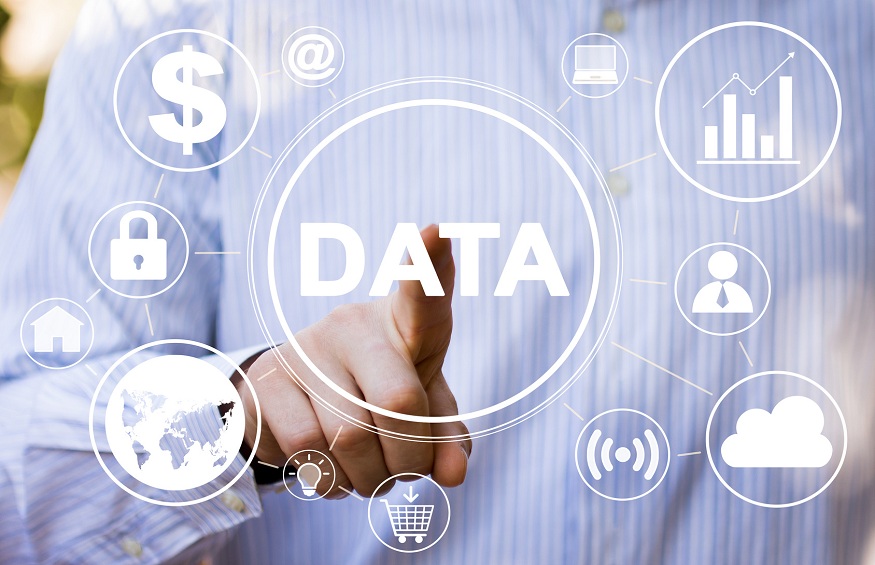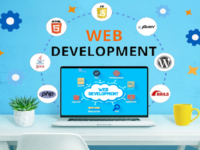How to Choose the Best Data Migration Software

Introduction
Data migration, while essential, can become a complicated task without the right tools in your arsenal. That’s where data migration software comes to the rescue!
In this guide, we’ll hold your hand and walk you through the process of choosing the best data migration software, ensuring your data finds its new home smoothly and securely.
Data Migration: The Basic Concept
Picture this: You’ve outgrown your old system and found a new, sleek solution that promises to revolutionise the way you work. But there’s a catch – your precious data resides in the old system, and you need to move it seamlessly to the new one.
This is where data migration software twirls onto the stage. It’s like a choreographer ensuring all your data’s dance moves are synchronised, elegant, and without a single misstep.
Why Should You Choose Data Migration Tools?
Before you start browsing through the buffet of data migration tools, take a step back and assess your needs. After all, not all of the data migration projects are created equal, and what suits one may not fit another. So, it’s always best to learn about your needs first.
1: Scope and Complexity
How much data are you moving? Is it just a small dataset, or are you transferring gigabytes of information? The complexity of your migration project plays a crucial role in choosing the right software. Some tools are designed for simpler tasks, while others can handle massive enterprise-level migrations.
2: Source and Target Environments
What are your current and new systems? Are you moving from on-premises to the cloud, or perhaps from one cloud service to another? Different software specialises in different environments, so pick one that aligns with your tech landscape.
3: Data Sensitivity
Is your data sensitive or confidential? If yes, security becomes paramount.
You’ll want a software program that offers robust encryption and ensures your data’s integrity during the migration process.
4: Customization
Do you need a one-size-fits-all solution, or do you require customization options? Sometimes your migration needs might be unique, and having software that can adapt to those needs can be a game-changer.
Data Migration Software: What Should You Look for?
As you venture into the world of data migration software, keep an eye out for these essential features that define a top-tier tool:
1. Ease of Use
Migration itself can be complex, but your software shouldn’t add to the complexity. Look for a user-friendly interface and intuitive workflows. Drag-and-drop functionalities, guided wizards, and clear instructions can be your best friends in this journey.
2. Speed and Performance
Time is money, and you don’t want to spend eternity waiting for your data to migrate. A good software should efficiently handle large datasets without sacrificing speed. Some software also offers real-time or incremental migration options to minimise downtime.
3. Scalability
Today’s small migration might be tomorrow’s enterprise-level project. Choose a tool that can scale with your needs, accommodating growing data volumes and increasing complexity.
4. Security
Your data’s security should never be compromised. Ensure the software you choose offers robust encryption methods, data validation mechanisms, and compliance with industry standards.
5. Error Handling and Logging
Migrations aren’t always smooth sailing. Sometimes errors pop up. A good tool should provide comprehensive error handling features and detailed logs, helping you troubleshoot and rectify issues efficiently.
6. Customer Support and Documentation
Even with the most user-friendly software, questions might arise. Reliable customer support and well-documented resources like tutorials and guides can be a lifesaver when you’re stuck in the migration maze.
Should You Migrate Data on a SAP ERP?
Are you considering a migration to SAP ERP? If so, one of the most critical aspects to consider is data migration. Migrating data can be a daunting task, and many businesses wonder if it’s really worth the effort. In this article, we’ll have a friendly conversation about whether you should migrate data on a SAP ERP or not.
Understanding SAP ERP
First things first, let’s briefly understand what SAP ERP is. SAP ERP (Enterprise Resource Planning) is a comprehensive software suite that helps businesses manage their operations efficiently. It covers everything from finance and human resources to supply chain and customer relationship management. Migrating to SAP ERP can streamline your business processes, increase efficiency, and provide better insights into your operations.
Why Data Migration Matters
When you move to SAP ERP, it’s like moving into a new home.
You can’t just leave all your stuff behind; you need to bring your belongings with you. In the ERP world, your “belongings” are your data – customer information, product details, financial records, and more.
Migrating data ensures that your new ERP system has the necessary information to function effectively.
Benefits of Data Migration
There are several reasons why most people like to migrate data
- Smooth Transition: Migrating your data to SAP ERP ensures a seamless transition from your old systems. It means you won’t face disruptions in your daily operations.
- Data Integrity: You want your data to be accurate and up-to-date in your new ERP system. Data migration helps maintain data integrity, ensuring that the information you rely on is reliable.
- Improved Decision-Making: With all your data accessible in one place, you can make informed decisions quickly. SAP ERP provides robust analytics and reporting tools, so having your data in the system is crucial.
- Compliance: If your business operates in a regulated industry, data migration can help ensure compliance with industry standards and regulations.
Challenges of Data Migration:
Of course, there are challenges to data migration as well:
- Complexity: Migrating data can be complex, especially if you have a large amount of data or data in multiple formats.
- Data Cleansing: It’s essential to clean and validate your data before migration to avoid bringing in any errors or inconsistencies from your old systems.
- Downtime: Depending on the size and complexity of your data, there may be some downtime during migration. Proper planning can minimise this.
When Should You Migrate Data?
So, when should you migrate data to SAP ERP? The answer depends on your specific situation. Here are a few scenarios where data migration is usually a good idea:
- New Implementation: If you’re implementing SAP ERP for the first time, data migration is a must. You need to populate your new system with the necessary data to start using it effectively.
- System Upgrade: If you’re upgrading your existing SAP ERP system, data migration may still be required to ensure compatibility with the new version.
- Data Consolidation: If your business has multiple systems and you’re centralising operations on SAP ERP, data migration is essential to bring all your data together.
- Data Quality Improvement: Sometimes, migrating data can be an opportunity to clean up your data and improve its quality.
Conclusion
In most cases, migrating data to SAP ERP is a wise decision. It’s an investment in the long-term success of your business operations. However, it’s essential to approach data migration with careful planning and consideration of your specific needs and challenges.
With the right strategy and support, you can ensure a smooth transition to SAP ERP and reap the benefits of improved efficiency and better decision-making.
So, if you’re on the fence about data migration, it’s time to start the conversation with your ERP implementation team and explore the opportunities that lie ahead!






